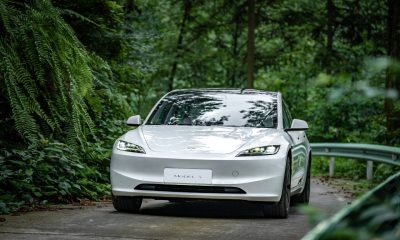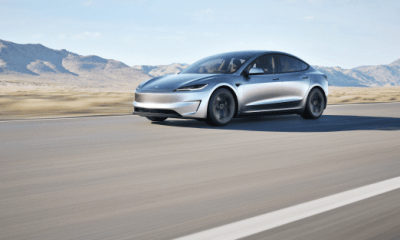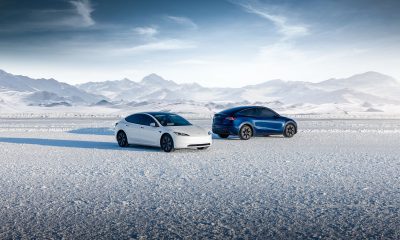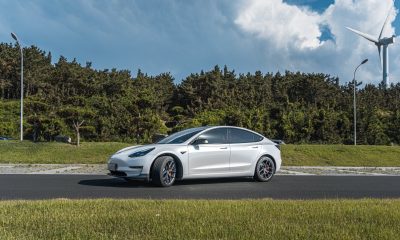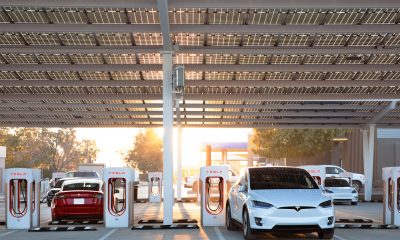News
Top 3 reasons why having to pay for Tesla Supercharger use won’t deter buyers
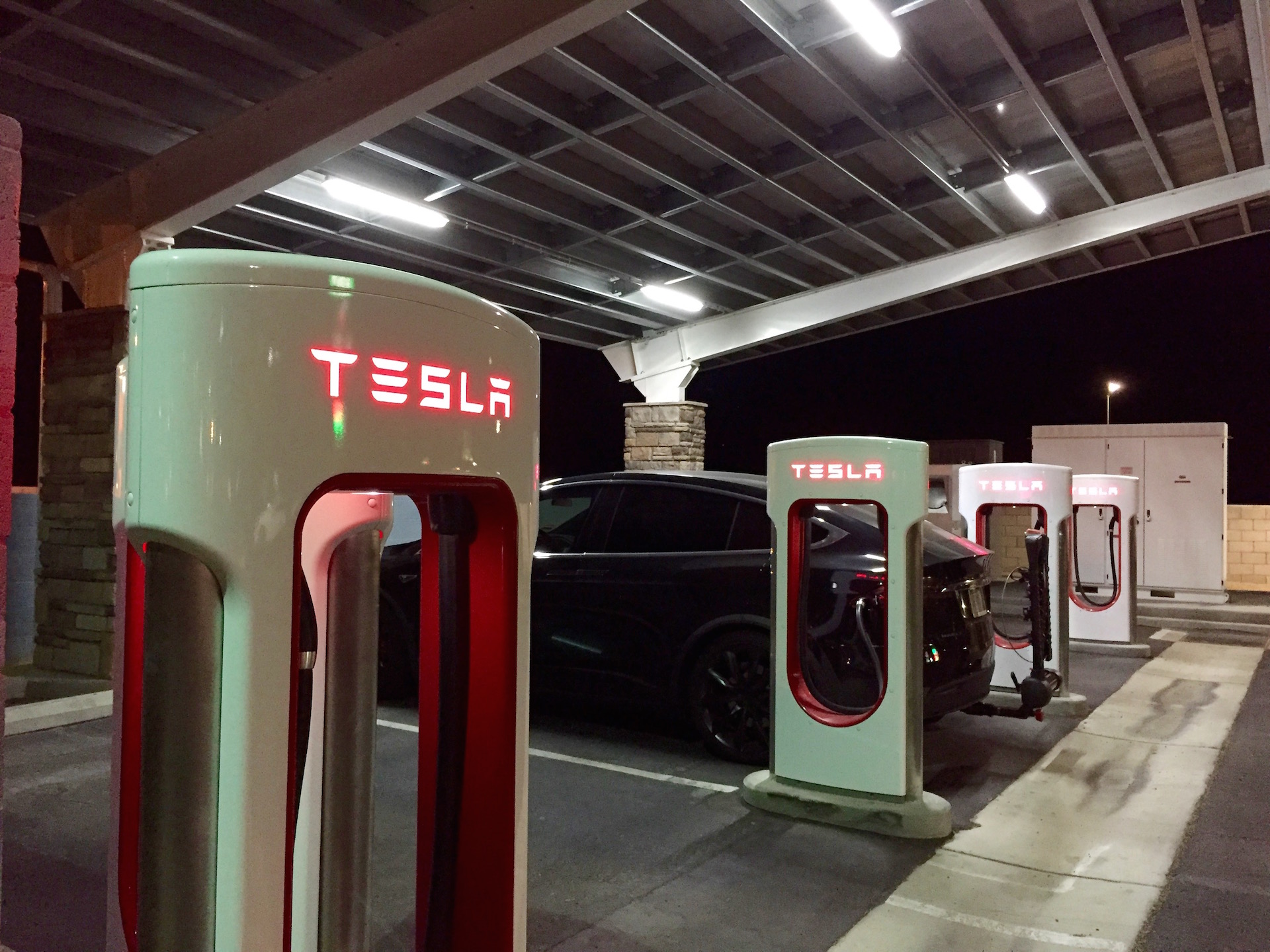
The “will they or won’t they?” argument over Tesla providing free-for-life unlimited Supercharger use is finally receiving more clarity. The company announced that it will provide roughly 1,000 free miles of energy before charging a fee for Supercharger use on cars ordered after January 1, 2017.
But is this the end for Tesla? Will people be lining up in throngs to cancel their Model 3 reservations? Boycotting Tesla and running to buy another car? Nope, not even a little bit. Here are some of the top reasons why this new announcement won’t deter buyers.
1. Pay less for your Tesla
I’ll jump right into arguably the best reason first. The vast majority of new cars buyers have a budget. That reality means having to choose carefully on the options to equip your Tesla with. By decoupling Supercharger use from the price of the vehicle, Tesla is theoretically able to reduce the price barrier to entry.
Plus, you wouldn’t necessarily want to incur a pre-estimated Supercharger energy cost, charged by Tesla, on a vehicle that may not see its fair share of long distance travel and Supercharger use.
Tesla is anticipated to publish details for its new Supercharging program by year end. But regardless of what will be announced, crowdsourced Model 3 reservation data captured through Model3Tracker.info suggests that it won’t even matter. Nearly 80% of Model 3 reservation holders said they were willing to pay an extra fee for access to the Supercharger network. This is even prior to Tesla announcing that it would begin charging for Supercharger use after the allotted 400 kWh cap (~1,000 miles).
2. You have to pay for fuel either way
The Tesla team knew and has repeatedly said that in order to further the adoption of sustainable transport, they had to make a car at least as compelling as its gasoline-powered counterpart. Since the Model 3 will be at least as compelling as a comparable gasoline car, would-be buyers aren’t going to ditch a vehicle that will require paying for fueling in favor of another vehicle that, too, will incur a cost on fuel. This is especially true when the majority of your charging can be done at home, which is infinitely more convenient, and more cost effective, than stopping at a gas station.
Charging at home, in most markets, is very favorable to the cost of gas. Charging on the Supercharger network beyond your free credits will also be favorable and “cost less than the price of filling up a comparable gas car”, according to Tesla. Mix that in with a growing destination program and I’m confident your Tesla road trips will still be economical.
3. Supercharger Credits can be rewarded
When I conceded that Supercharger credits may work after all, I talked about how Tesla could have fun with it. It’s your 1 year anniversary of ownership, take a trip on us! It’s Nikola Tesla’s birthday… You just reached 50,000 gasoline free miles… Aside from the ability to award additional free credits at will, Tesla could also decide to increase the amount of free credits they give per year. I truly believe Tesla is a good company that does right by its customers. For that reason, I think they aimed a bit low with the credit amounts to ensure they can afford to meet the promised amount. I also believe that if they use data to analyze the costs (they will) and find out that they can afford more than they are giving, they’ll do that too.
And remember …
At the end of the day, there’s no free lunch. Reasonable buyers know the truth. Free for life was not sustainable and a bit too good to be true. Model 3 is shaping up to be about the coolest and most important car of our lifetimes. For those of us stateside, an ode to the fighting spirit of America. Supporting a little, unknown company fighting against all odds – especially in light of current events – and completely upending an entire industry is worth every penny.
Elon Musk
Tesla Board Chair discusses what is being done to protect CEO Elon Musk
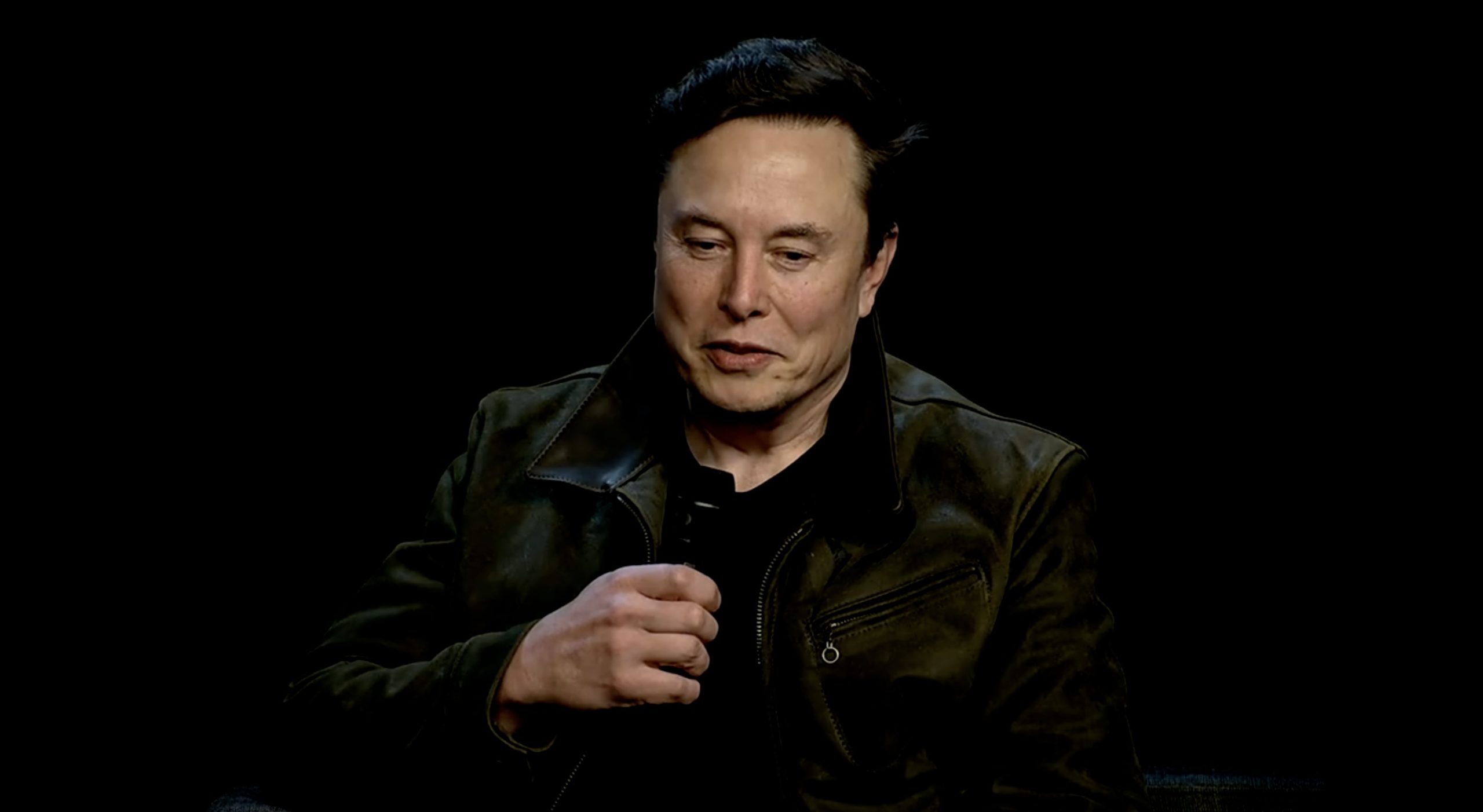
Tesla Board Chair Robyn Denholm met with Bloomberg this morning to discuss a variety of topics, but perhaps one of the most interesting was her comments on what is being done to protect company CEO Elon Musk.
After the assassination of right-wing political commentator Charlie Kirk this week, there have been concerns about Musk’s safety, as well as that of other high-profile business leaders and political figures.
Earlier this week, Musk said himself that his security detail would be increased significantly following Kirk’s death, a move that many investors and fans of the company had requested because of political violence.
Elon Musk assures Tesla investors he will enhance his security detail
“Definitely need to enhance security,” Musk said. Tesla spent $3.3 million on Musk’s security in 2024 and January and February 2025. For reference, Meta spent over $27 million on Mark Zuckerberg’s security last year, which is higher than any other tech CEO.
During Denholm’s appearance on Bloomberg TV earlier today, she stated that the company has been focused on Musk’s security detail for “many years,” especially considering he is one of the richest people on Earth and holds an incredible amount of influence.
“It is something that we take very seriously; he takes it very seriously as well. So, again, from a board perspective, it is something we’ve discussed at length,” Denholm said.
Tesla Board Chair Robyn Denholm on increased security for CEO Elon Musk:
— TESLARATI (@Teslarati) September 12, 2025
Denholm added that she believes “there is not anyone in a boardroom that is not touched by what has happened with Charlie Kirk.”
Although Musk’s political involvement has toned down significantly in the past, he still has enemies, especially based on groups that oppose him and the company specifically. Based on this week’s events, it feels that increased security is a necessary expense Tesla must account for.
Investor's Corner
Tesla bear turns bullish for two reasons as stock continues boost
“I think from a trading perspective, it looks very interesting,” Nathan said, citing numerous signs of strength, such as holding its 200-day moving average and holding against its resistance level.
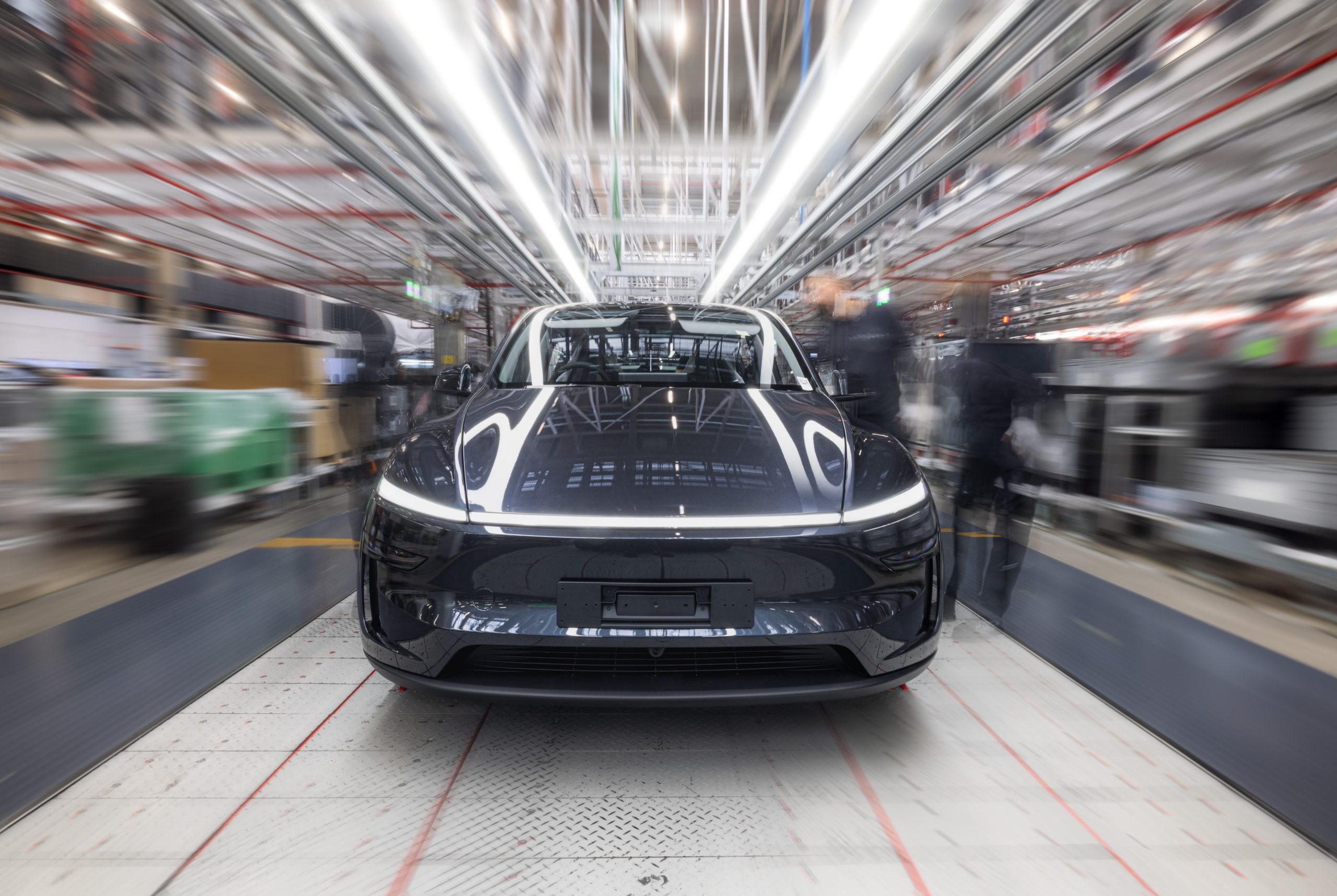
A Tesla bear is changing his tune, turning bullish for two reasons as the company’s stock has continued to get a boost over the past month.
Dan Nathan, a notorious skeptic of Tesla shares, said he is changing his tune, at least in the short term, on the company’s stock because of “technicals and sentiment,” believing the company is on track for a strong Q3, but also an investment story that will slowly veer away from its automotive business.
“I think from a trading perspective, it looks very interesting,” Nathan said, citing numerous signs of strength, such as holding its 200-day moving average and holding against its resistance level.
He also said he believes a rally for the stock could continue as it heads into the end of the quarter, especially as the $7,500 electric vehicle tax credit is coming to an end at the end of the month.
With that being said, he believes the consensus for Q3 deliveries is “probably low,” as he believes Wall Street is likely underestimating what Tesla will bring to the table on October 1 or 2 when it reports numbers for the quarter.
Tesla bear Dan Nathan has flipped his script on Tesla $TSLA shares, citing “technicals and sentiment”
— TESLARATI (@Teslarati) September 12, 2025
Tesla shares are already up over five percent today, with gains exceeding nine percent over the past five trading days, and more than fourteen percent in the past month.
While some analysts are looking at the performance of other Mag 7 stocks, movement on rates from the Federal Reserve, and other broader market factors as reasoning for Tesla’s strong performance, it appears some movement could be related to the company’s recent developments instead.
Over the past week, Tesla has made some strides in its Robotaxi program, including a new license to test the platform in the State of Nevada, which we reported on.
Tesla lands regulatory green light for Robotaxi testing in new state
Additionally, the company is riding the tails of the end of the EV tax credit, as inventory, both new and used, is running extremely low, generally speaking. Many markets do not have any vehicles to purchase as of right now, making delivery by September 30 extremely difficult.
However, there has been some adjustments to the guidelines by the IRS, which can be read here:
Tesla is trading at around $389 at 10:56 a.m. on the East Coast.
News
Tesla lands regulatory green light for Robotaxi testing in new state
This will be the third state in total where Tesla is operating Robotaxi, following Austin and California.

Tesla has landed a regulatory green light to test its Robotaxi platform in a new state, less than three months after the ride-hailing service launched in Texas.
Tesla first launched its driverless Robotaxi suite in Austin, Texas, back on June 22. Initially offering rides to a small group of people, Tesla kept things limited, but this was not to be the mentality for very long.
It continued to expand the rider population, the service area, and the vehicle fleet in Austin.
The company also launched rides in the Bay Area, but it does use a person in the driver’s seat to maintain safety. In Austin, the “Safety Monitor” is present in the passenger’s seat during local rides, and in the driver’s seat for routes that involve highway driving.
Tesla is currently testing the Robotaxi platform in other states. We reported that it was testing in Tempe, Arizona, as validation vehicles are traveling around the city in preparation for Robotaxi.
Tesla looks to make a big splash with Robotaxi in a new market
Tesla is also hoping to launch in Florida and New York, as job postings have shown the company’s intention to operate there.
However, it appears it will launch in Nevada before those states, as the company submitted its application to obtain a Testing Registry certification on September 3. It was processed by the state’s Department of Motor Vehicles Office of Business Licensing on September 10.
NEWS: Tesla has officially received approval from the Nevada DMV to start testing autonomous vehicles (robotaxis) on public roads.
Today, I confirmed directly with the Nevada DMV that @Tesla‘s application to obtain a Testing Registry certification was approved by the DMV Office… pic.twitter.com/hx5JhHBFiD
— Sawyer Merritt (@SawyerMerritt) September 11, 2025
It will then need to self-certify for operations, essentially meaning they will need to comply with various state requirements.
This will be the third state in total where Tesla is operating Robotaxi, following Austin and California.
CEO Elon Musk has stated that he believes Robotaxi will be available to at least half of the U.S. population by the end of the year. Geographically, Tesla will need to make incredible strides over the final four months of the year to achieve this.
-
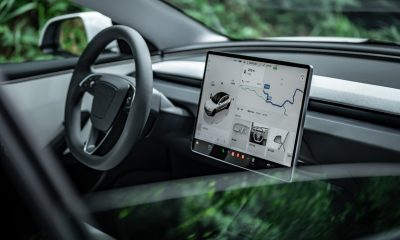
 News2 weeks ago
News2 weeks agoTesla is overhauling its Full Self-Driving subscription for easier access
-
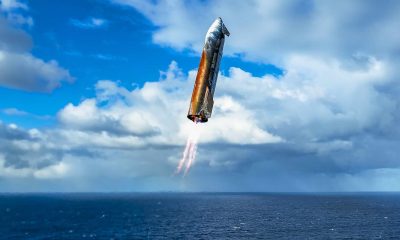
 Elon Musk2 weeks ago
Elon Musk2 weeks agoElon Musk shares unbelievable Starship Flight 10 landing feat
-
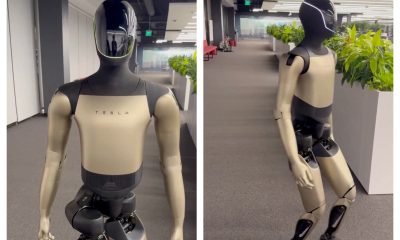
 Elon Musk1 week ago
Elon Musk1 week agoTesla’s next-gen Optimus prototype with Grok revealed
-
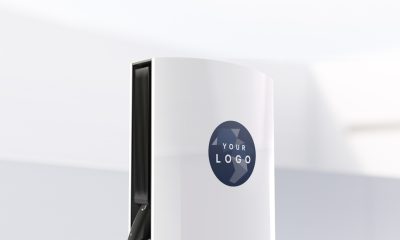
 News7 days ago
News7 days agoTesla launches new Supercharger program that business owners will love
-
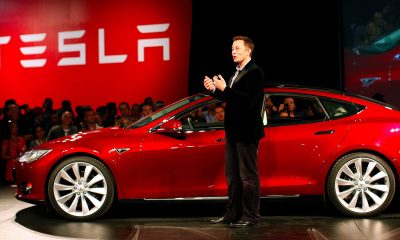
 Elon Musk7 days ago
Elon Musk7 days agoTesla Board takes firm stance on Elon Musk’s political involvement in pay package proxy
-
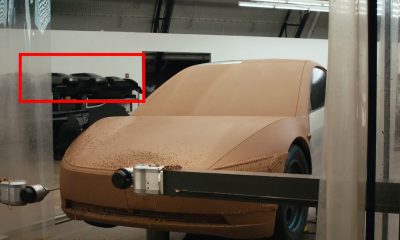
 News2 weeks ago
News2 weeks agoTesla appears to be mulling a Cyber SUV design
-
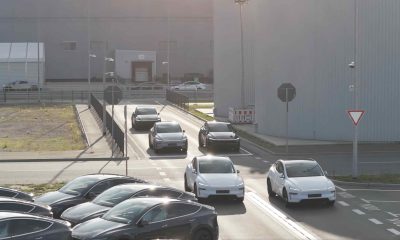
 News1 week ago
News1 week agoTesla deploys Unsupervised FSD in Europe for the first time—with a twist
-
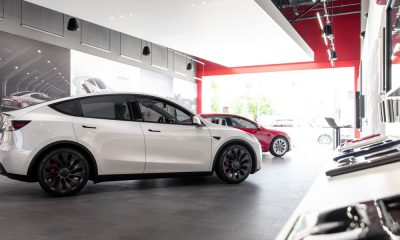
 News2 weeks ago
News2 weeks agoTesla expands crazy new lease deal for insane savings on used inventory


